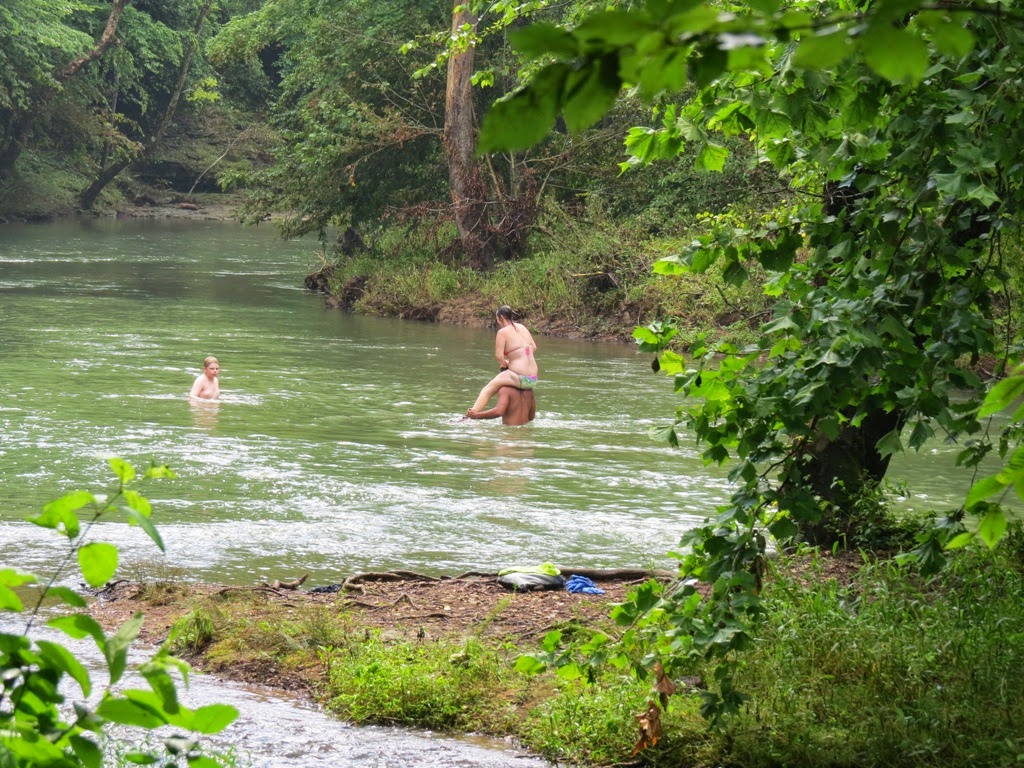These ruins are mentioned in one of the brochures
for the Natchez Trace Parkway. We
decided to let our GPS take us there, which proved to be a mistake, as we
traveled way out of our way. We did
however, get to see Port Gibson and a long and narrow road traveling through
what must have been plantation country before the Civil War.
When you get to the unassuming turn off on what
looks to be an abandoned drive except for the Mississippi state sign. You
immediately see these large columns that seem so out of place on this nearly
deserted country road. We literally drove the motorhome up the path to park in
front of where the main entrance to the home must have been.
The house was built by a wealthy landowner, Smith
Coffee Daniel starting in 1859. He owned more than 21000 acres in Mississippi
and Louisiana. The house was among the largest built in this period with the
plantation having over 2,600 acres. The
house was so large that Mark Twain remarked that it looked more like a college
than a private home.
The house was completed in 1861. The family moved in and its history of misfortune
soon began. Within weeks of occupying
the home, Smith Daniel suddenly died at the age of 34. The Civil War soon invaded the property with
both the Union and Confederate armies occupying the home. The Confederates used it as an observation
post to watch Union movements, and it is said that a Union soldier was shot and
killed as he entered the front door.
The Union army used the home also as an observation
post and as a hospital. The family
continued to occupy the home, but most of its wealth was loss with the death of Smith
Coffee Daniel and the economic impact of the war.
After the war, the home continued to be a focal
point for social gatherings, which led to the final misfortune. On Feb 17th, 1890, a careless guest
dropped a cigarette on the debris left
by workers on the third floor and the house was almost completely destroyed.
Since all the drawings and construction plans were
lost in the fire, the only known image of what the house looked like is a
drawing by a Union soldier completed during the Union occupation and can be
seen here.







































































